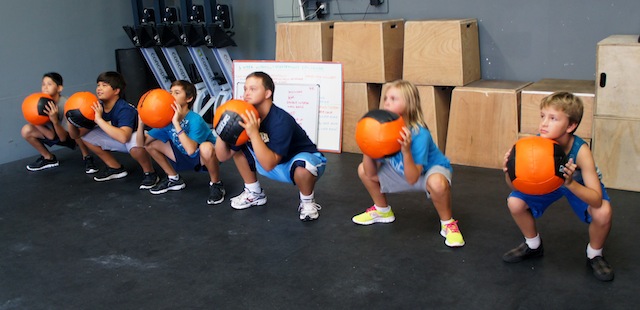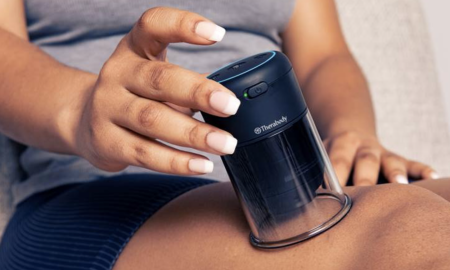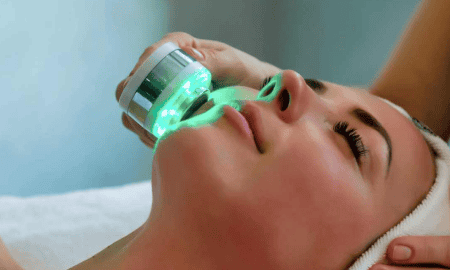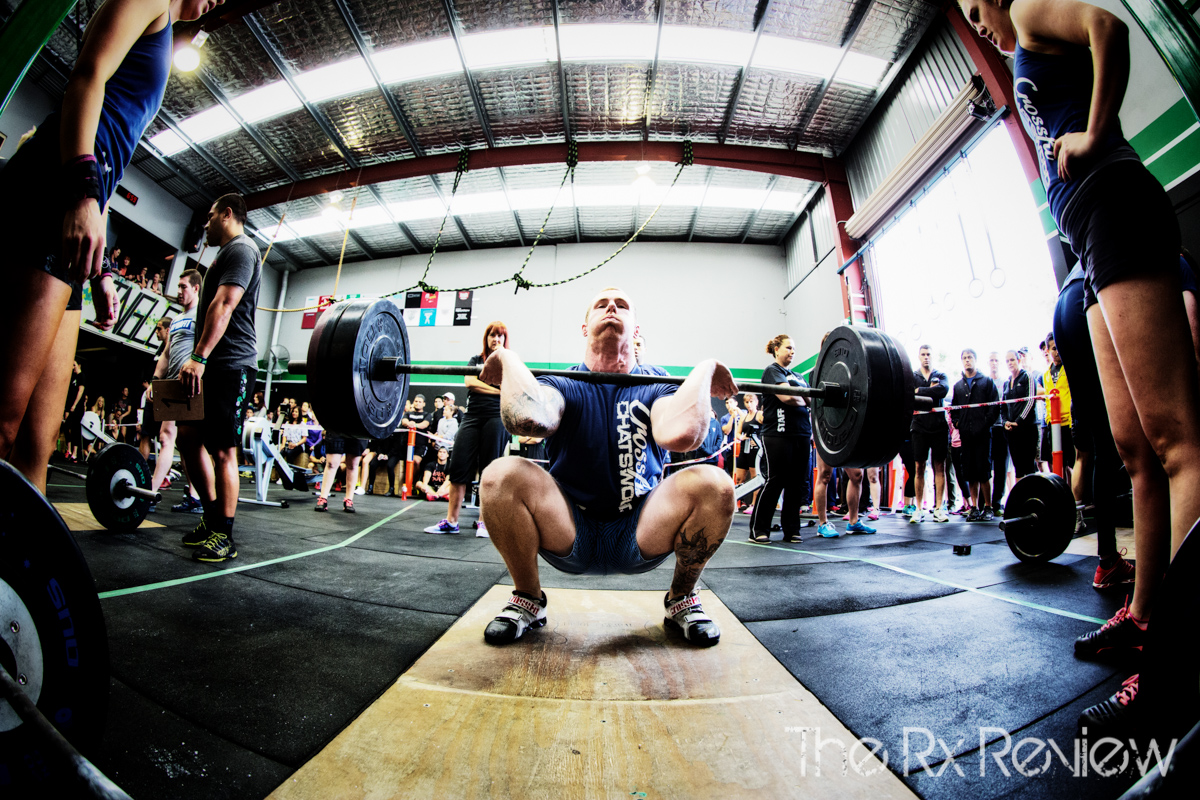
Parenthood is filled with beautiful, unpredictable moments—from your baby’s first smile to their first steps. But in between these milestones, parents also face countless concerns about their child’s health. Among the many viruses that affect children, Respiratory Syncytial Virus (RSV) has become a prominent concern for parents, pediatricians, and healthcare providers alike.
RSV is a highly contagious virus that often resembles the common cold but can lead to serious complications, particularly in infants and young children. Understanding what RSV is, how it spreads, when to test, and what to expect during and after testing is crucial for early intervention and proper care.
What Is RSV?
Respiratory Syncytial Virus (RSV) is a common virus that infects the respiratory tract. Almost every child contracts RSV by the age of two. In healthy older children and adults, it usually causes mild, cold-like symptoms. However, in infants under one year of age, RSV can be much more severe.
RSV is the leading cause of bronchiolitis—inflammation of the small airways in the lungs—and pneumonia in infants in the United States. Because of its potential to cause serious illness, especially in vulnerable infants, RSV testing and timely care are essential.
Why Parents Should Be Concerned About RSV
One of the reasons RSV can go unnoticed is because its initial symptoms closely mimic those of the common cold. These include:
- Runny nose
- Decreased appetite
- Coughing
- Sneezing
- Fever
- Wheezing
However, in infants and high-risk children, these symptoms can quickly escalate into more severe respiratory issues.
Risk Factors for Severe RSV
Some children are more vulnerable to serious RSV infections, including:
- Premature infants
- Children under 6 months
- Infants with congenital heart or lung disease
- Children with weakened immune systems
In such cases, RSV can lead to hospitalization, oxygen therapy, or even intensive care.
When to Seek Medical Attention
Parents should be vigilant and seek immediate medical attention if their child shows any of the following symptoms:
- Difficulty breathing (rapid breathing, flaring nostrils, or chest retractions)
- Severe coughing or wheezing
- Signs of dehydration (dry mouth, fewer wet diapers, crying without tears)
- Unusual tiredness or unresponsiveness
- High fever (especially in infants younger than 3 months)
Always trust your instincts. If your child appears unwell and you’re concerned, consult a pediatrician without delay.
The Importance of RSV Testing
Confirming the Diagnosis
Since RSV symptoms are similar to many other respiratory illnesses—including influenza and COVID-19—it’s important to confirm the cause through testing. A confirmed diagnosis can:
- Help prevent unnecessary antibiotic prescriptions (antibiotics don’t treat viruses)
- Allow healthcare professionals to monitor for complications
- Support appropriate care plans and isolation if needed
Avoiding Complications
Timely RSV testing helps prevent complications by allowing early intervention. For example, if an RSV Test is identified early in a high-risk infant, doctors can closely monitor breathing and hydration, potentially avoiding emergency interventions later on.
Types of RSV Tests and Getting an RSV Test
There are several methods healthcare professionals use as an RSV Test, depending on the child’s symptoms and medical history.
1. Nasal Swab Test
The most commonly used test involves inserting a soft swab into the child’s nose to collect a sample of nasal secretions. This process is quick, although slightly uncomfortable for the child.
2. Nasopharyngeal Aspiration
In this method, a saline solution is gently flushed into the nose and then suctioned out to collect a sample. While it may sound more invasive, it’s generally fast and performed by trained professionals.
3. Rapid RSV Antigen Test
This test can produce results in under an hour. It is often used in clinical settings like emergency rooms or pediatric offices. Although convenient, it may sometimes produce false negatives in older children or less severe cases.
4. RSV Molecular (PCR) Test
This test detects RSV’s genetic material and is considered more accurate than the antigen test. It’s typically used when a child’s symptoms strongly suggest RSV, but a rapid test is negative.
What to Expect During RSV Testing
Understandably, the idea of RSV testing can be daunting for parents. However, the testing process is generally:
- Quick: Most tests take only a few seconds to collect the sample.
- Minimally invasive: While it may cause brief discomfort or crying, it is not painful.
- Safe: Conducted by trained healthcare providers using sterile equipment.
You may see some tears, especially with nasal suctioning or swabbing, but most children recover from the test quickly with little distress.
Treatment and Home Care for RSV
There is currently no specific cure for RSV, and antibiotics are ineffective against viruses. However, many children can recover at home with supportive care. Here are some recommended steps:
1. Keep Your Child Hydrated
Offer plenty of fluids to prevent dehydration. Breastfed or formula-fed infants may need more frequent feeding.
2. Use a Cool-Mist Humidifier
A cool-mist humidifier in your child’s room can help loosen mucus and make breathing easier, especially during sleep.
3. Nasal Suctioning
Infants who cannot blow their nose may benefit from nasal suction using a bulb syringe or nasal aspirator, especially before feedings or naps.
4. Manage Fever and Discomfort
Use acetaminophen or ibuprofen (only for children older than six months and under medical guidance) to reduce fever and discomfort.
5. Rest Is Crucial
Encourage quiet, restful activities and avoid overexertion. Allow your child to sleep as needed.
Preventing the Spread of RSV
RSV spreads through droplets from coughs and sneezes and can live on surfaces for hours. To reduce your child’s risk:
- Wash hands frequently
- Disinfect toys and surfaces regularly
- Avoid close contact with sick individuals
- Keep babies away from crowded public places during RSV season
- Do not share cups, utensils, or pacifiers
In high-risk infants, your pediatrician may recommend RSV immunoprophylaxis (e.g., nirsevimab), which provides passive immunity during RSV season.
Support for Parents
Dealing with a sick child can be stressful, especially when facing an unfamiliar virus like RSV. Many parents find themselves overwhelmed, unsure whether symptoms are serious or just part of a typical cold.
There’s comfort in knowing that you’re not alone. Countless parents are navigating the same worries and learning as they go. Reaching out to support networks—whether it’s your pediatrician, a parenting group, or an online community—can make a big difference.
Community Resources
- Join local parenting groups or online forums
- Talk to other parents who’ve dealt with RSV
- Consult healthcare professionals when in doubt
Sometimes, sharing your experience or hearing another parent’s story can provide the reassurance you need to get through difficult days.
Staying Informed and Prepared
RSV may sound intimidating, but with the right information and awareness, it becomes much easier to manage. Understanding the symptoms, knowing when to test, and learning how to care for your child can significantly ease your worries.
As RSV continues to affect young children, staying informed, prepared, and connected to a strong support system will help you respond with confidence. Whether you’re managing mild symptoms at home or seeking medical attention for a more serious case, your attentiveness can make all the difference.

















Follow Us